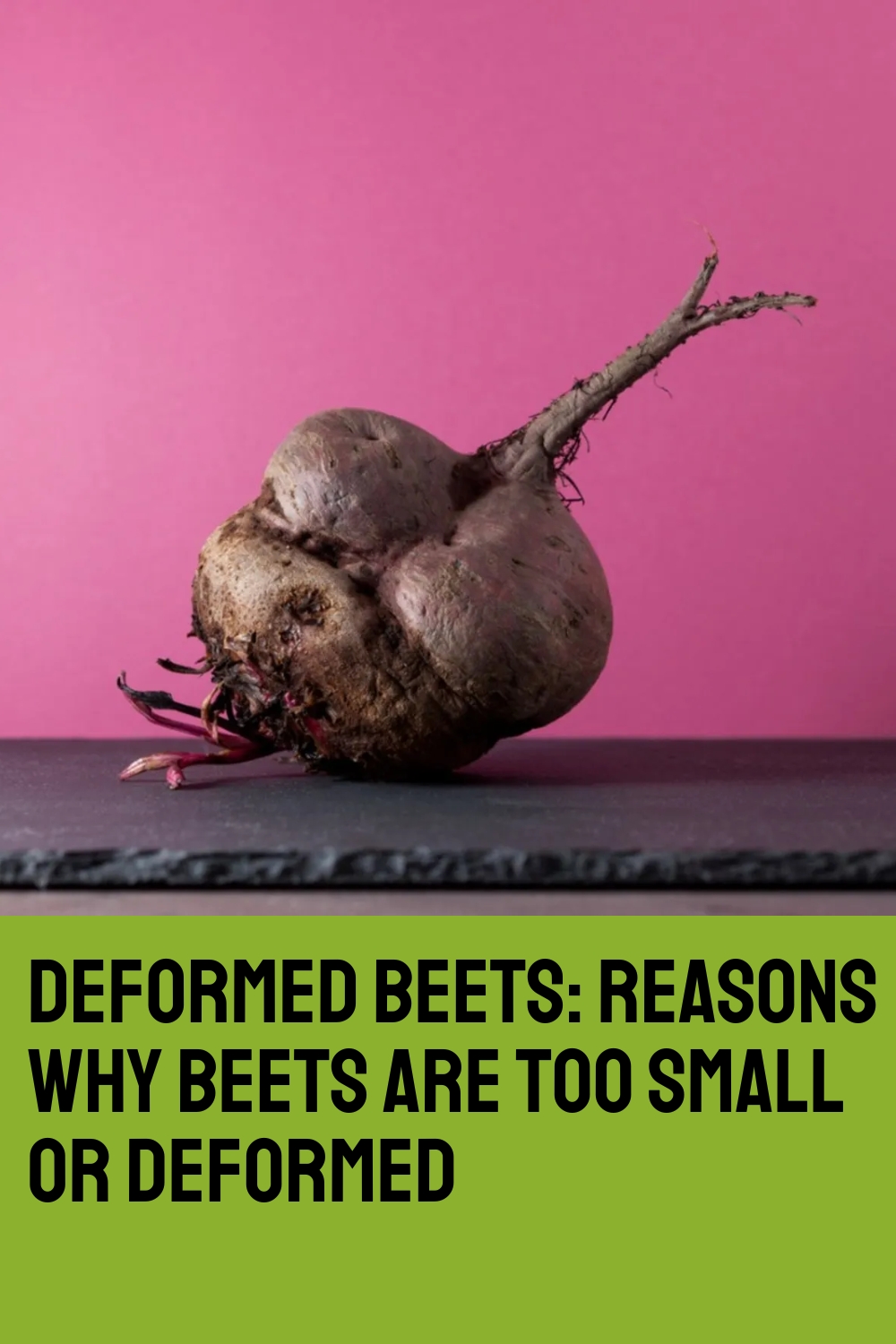By Susan Patterson, Master Gardener
Beets, also known as blood turnips or red beets, are beloved garden vegetables in the United States, prized for their nutritious benefits like vitamins C and A. Beet greens can be cooked or served fresh, while the roots are commonly pickled or cooked whole. They’re also popular in vegetable smoothies and juices. However, what should you do if your beets turn out deformed or too small? Let’s delve into these common issues with beet roots.
Common Beet Root Problem
Growing beets is generally straightforward, but sometimes issues arise that affect the quality and size of the roots. Many of these problems can be mitigated through proper planting practices. Beets should be planted approximately thirty days before the last frost date, as they thrive in cooler conditions. Successive plantings, spaced three to four weeks apart, can ensure a steady supply of beets throughout the season.
Why Beets Produce Good Tops but Small Roots
Beets require adequate spacing to thrive; overcrowding can lead to issues like small or deformed roots. Seedlings should be thinned to 1 to 3 inches (2.5-8 cm) apart, with rows spaced at least 12 inches (31 cm) apart. When beets are too close together, they compete for nutrients and space, resulting in lush top growth at the expense of root development.
Additionally, small beets may indicate a phosphorus deficiency in the soil. High nitrogen levels can promote leafy growth rather than bulb formation. To encourage larger root growth, consider adding phosphorus-rich amendments such as bone meal to your soil. This adjustment can help ensure that your beets develop robust roots alongside their healthy greens.

